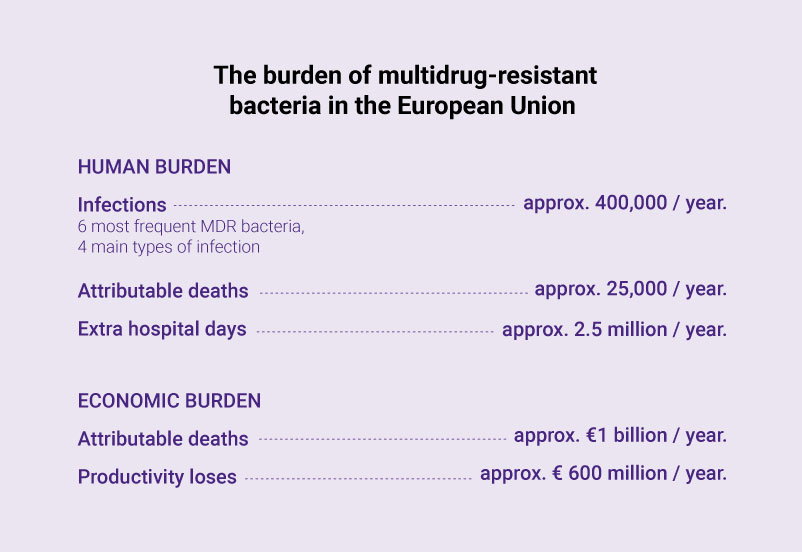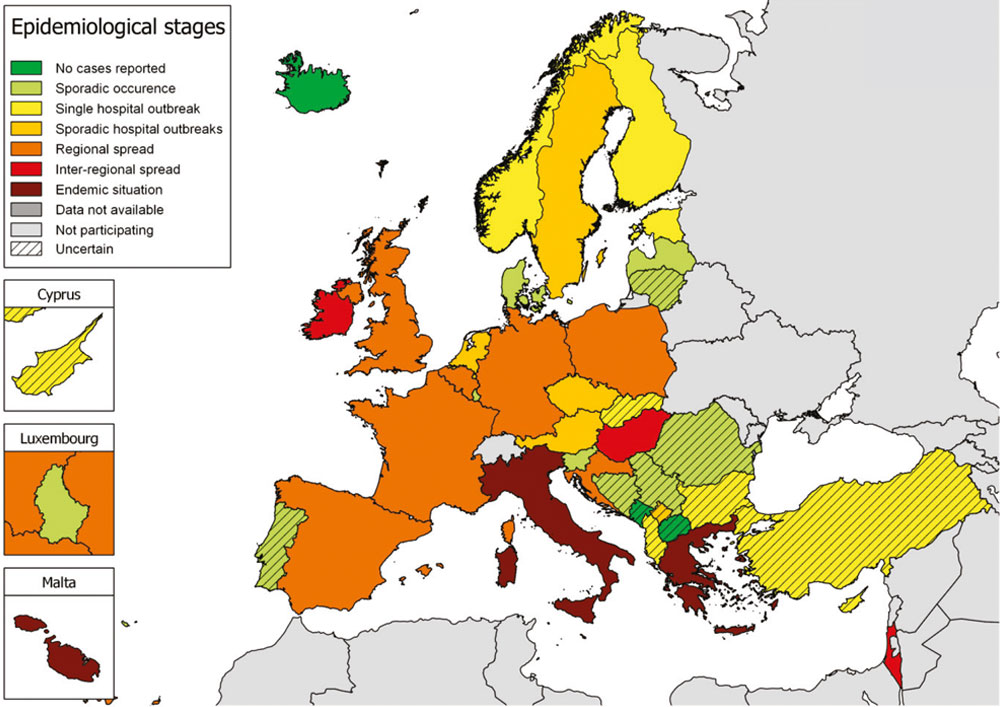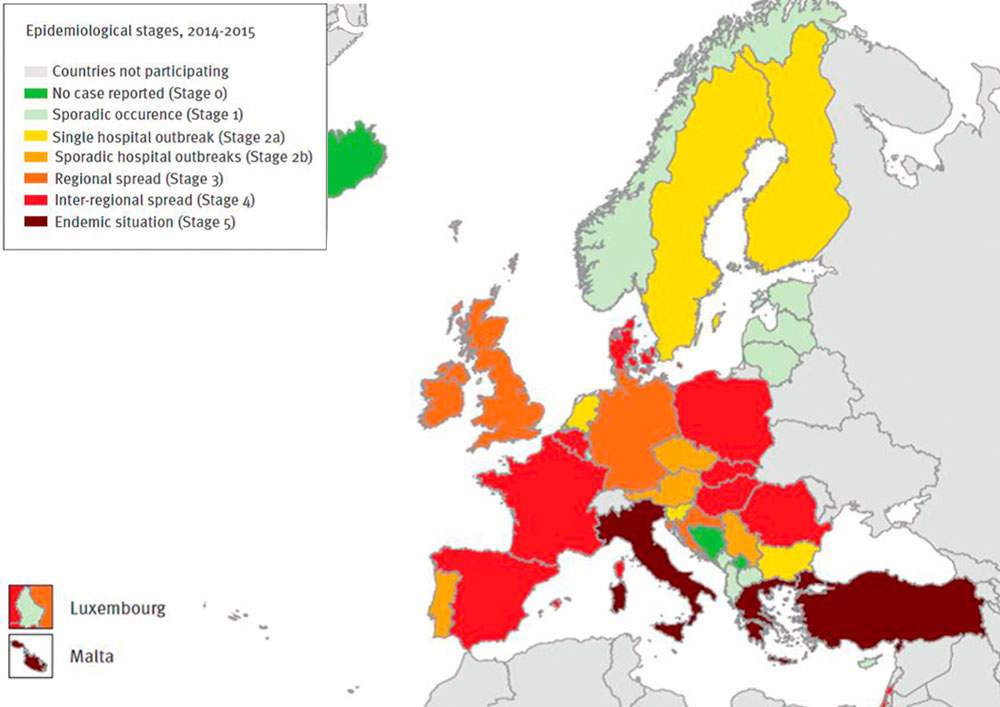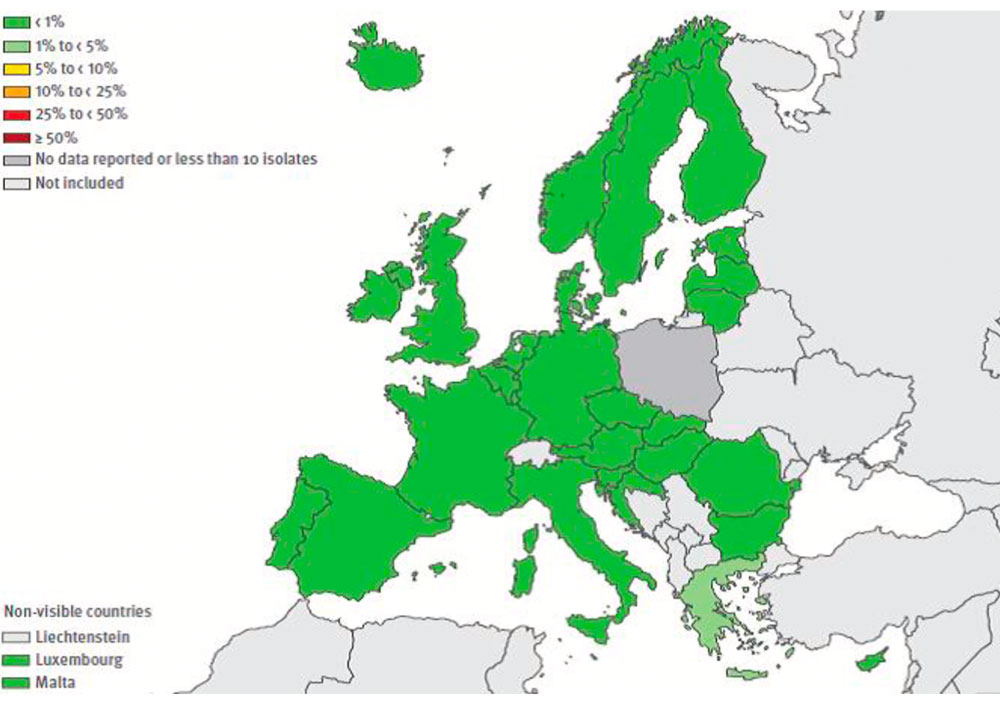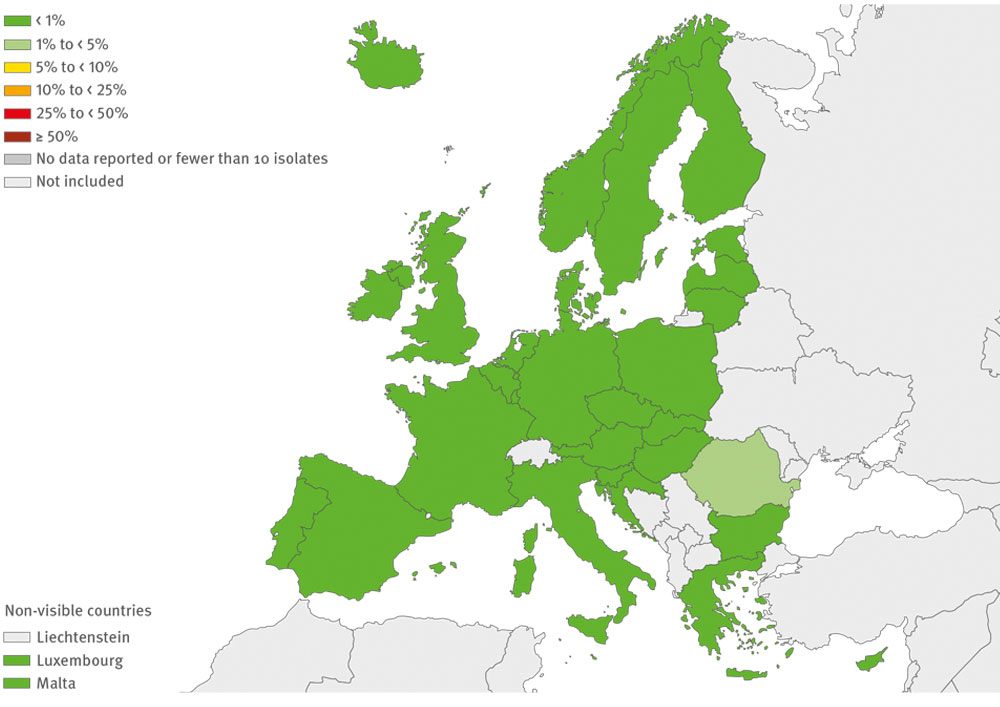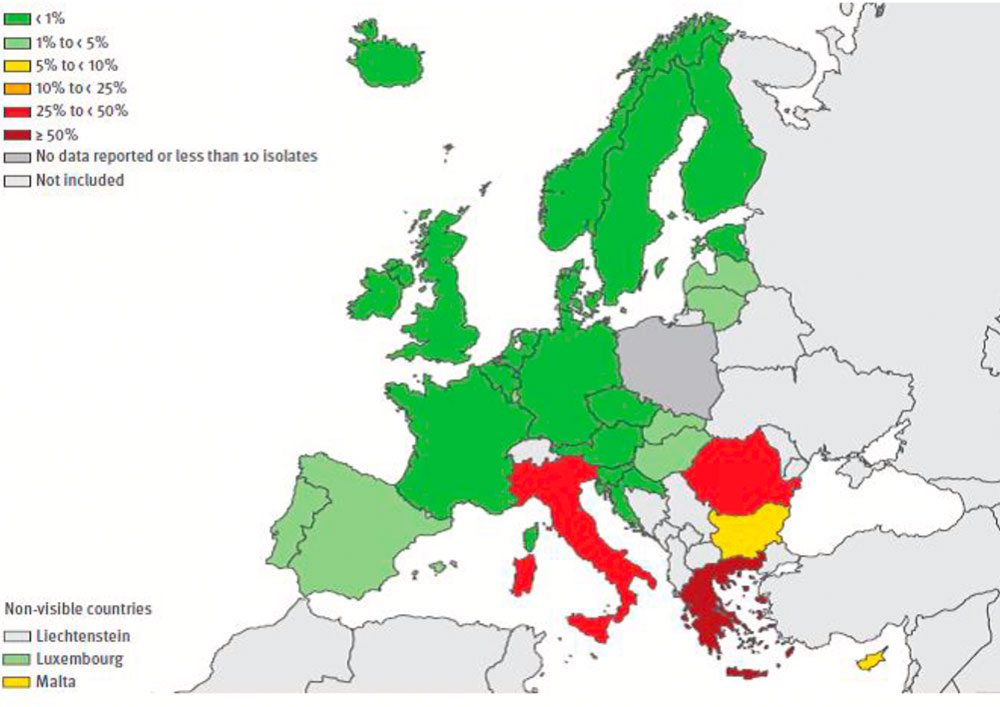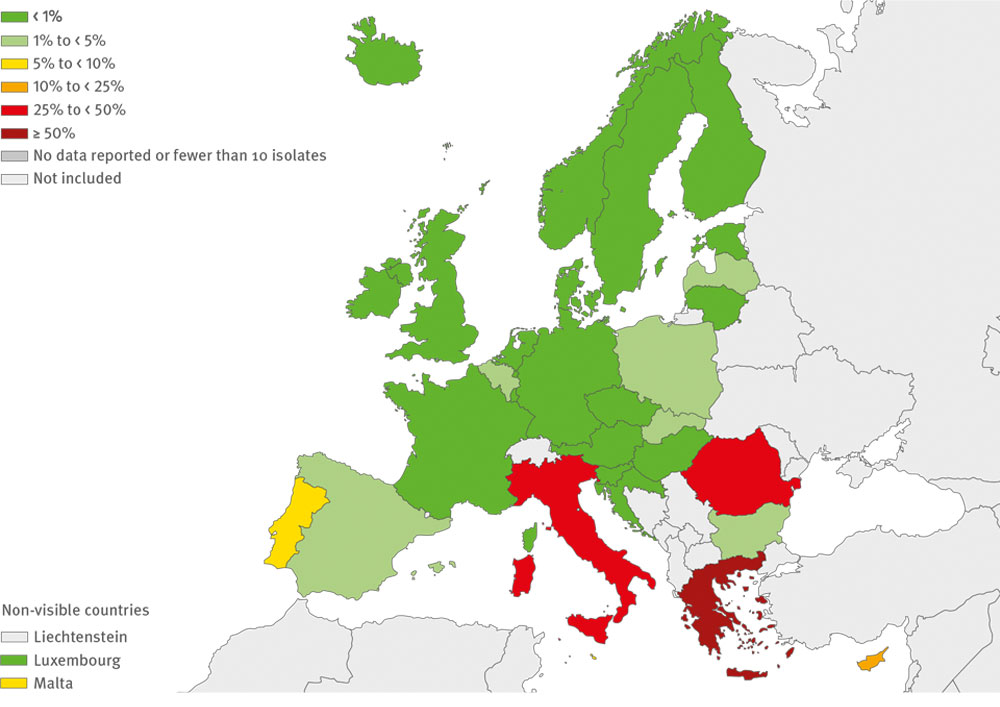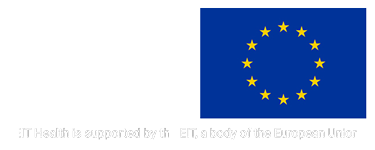The European Dimension
Antimicrobial resistance causes 25.000 deaths in the European Union per year.
The extra costs associated to the treatment of these infections are estimated
at 1500 million euros annually, only in Europe.
(https://amr-review.org/)
The increase in the number of infections caused by extended-spectrum β-lactamase-producing Enterobacteriaceae (ESBL-E) and the emergence of carbapenemases-producing Enterobacteriaceae (CPE) has become a worrisome clinical issue. Carbapenems belong to the group of antibiotics used as last resort for life-threatening infections caused by ESBL-producing Enterobacteriaceae, such as Klebsiella pneumoniae and Escherichia coli.
Recently, the WHO has considered carbapenem and 3rd generation cephalosporin-resistant Enterobacteriaceae in third position among the global priority list of antibiotic-resistant bacteria to guide research, discovery, and development of new antibiotics. As shown in the following figures, it is an increasing problem:
Incidence of carbapenemases-producing Enterobacteriaceae (CPE)

